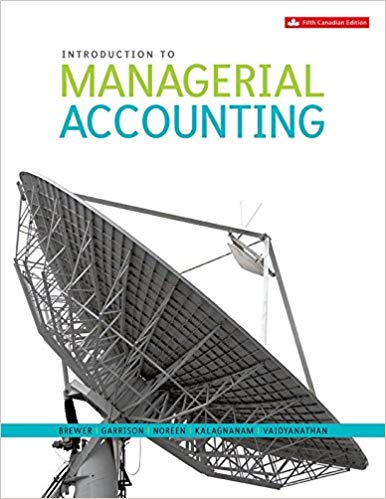
Jeff Jacobs is a junior accountant with the Public Accounting firm of Maxwell and King LLP. Jeff was assigned to do the audit of the Astor Electronics Inc. audit. The incharge auditor had informed Jeff that the client had good controls over the procurement process but it was important to determine if they were operating effectively so that a proper assessment of the control risk could be made. Jeff decided to perform test of controls over procurement transactions using attribute sampling. Jeff figured that a tolerable exception rate of 9% and a 5% risk of assessing control risk too low were appropriate for the tests he planned to perform. He had no idea how many deviations actually might exist in the population so he set the estimated population exception rate at 2% to be conservative. Based on the tables Jeff selected a sample of 70 items. Because Jeff believed larger items deserved more attention than smaller items, he selected 50 items with values greater than or equal to $2,500 and 20 items with values less than $2,500. He thought it would be most appropriate to select transactions near the end of the fiscal year, so he randomly selected items for testing from the last two months. Jeff was relieved when he found only six deviations from prescribed controls. One deviation was a missing supplier's invoice. Jeff spoke to the client who informed him that they lost a few invoices during their recent move. Jeff accepted the client's explanation since this was the only supplier invoice missing from the results of his work. Two deviations were missing approval signatures by an authorized manager. The manager explained that he had not approved the supplier invoices because he had been out of the office on the date the invoices were received and entered into the accounts payable system. He reviewed the two supplier invoices in question and told Jeff there were no problems with them. The other three deviations involved dollar errors. Two were errors in the extension of the supplier invoices that had not been detected by the client and the other was a misclassification error between expenses, which did not affect net income. Jeff considered these three dollar errors to be the only three actual control deviations. Based on the tables, using a 5% risk of assessing control risk too low, three deviations found and a sample 70, Jeff determined that the computed upper exception rate was 10.7. Based on these results, Jeff concluded that that controls over procurement transactions were effective and accordingly he assessed the control risk at moderate (below maximum)








